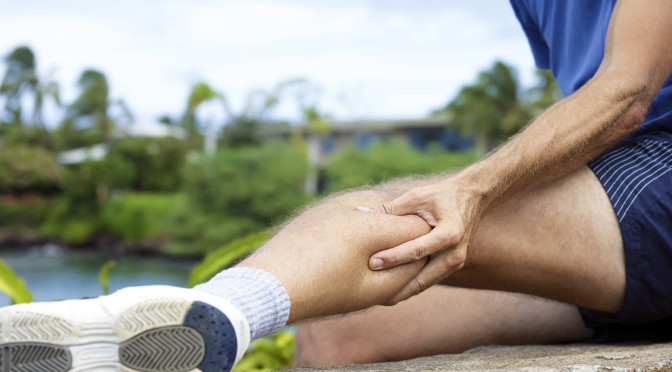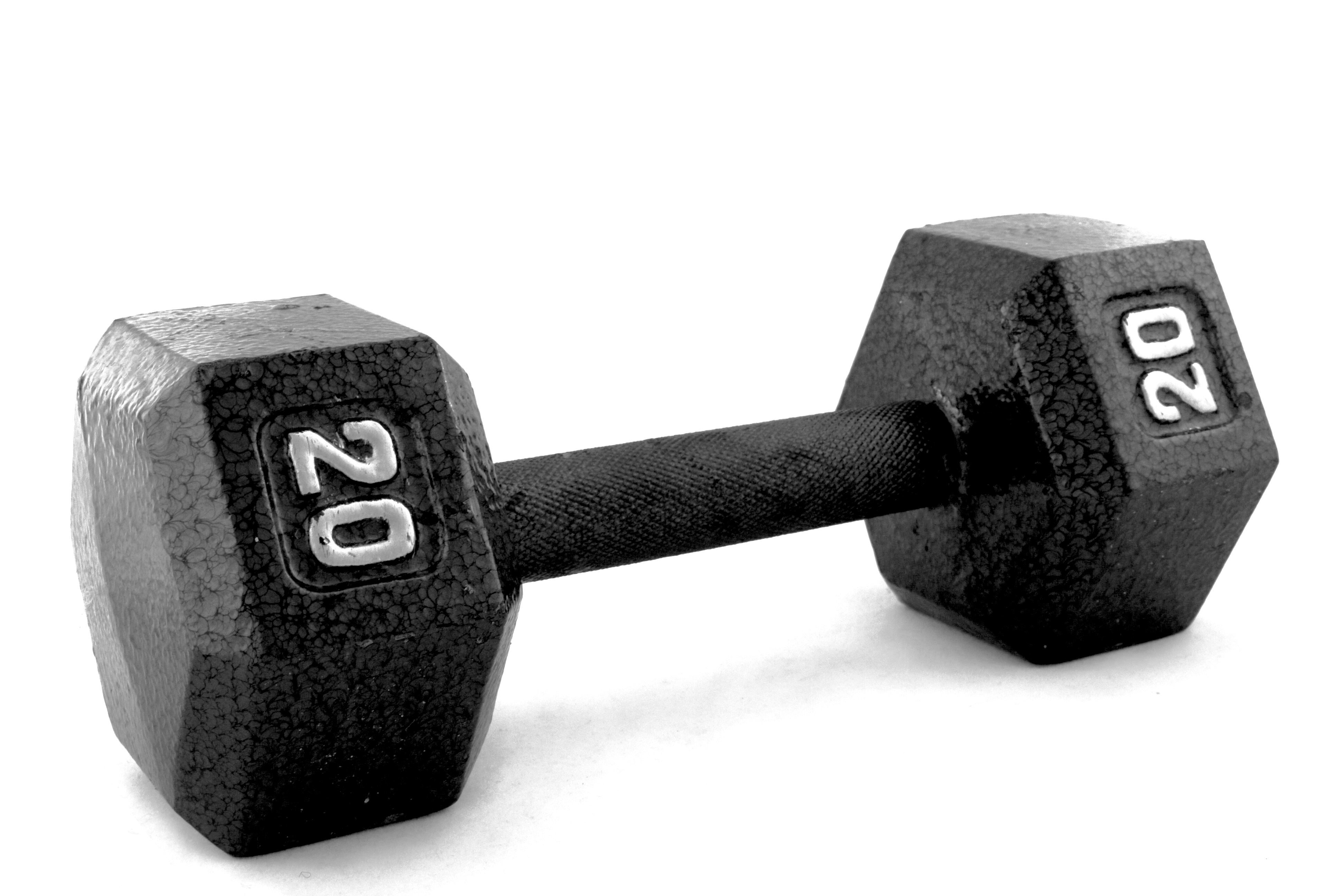Sciatica — What it is?
Sciatica is the name people give to a pain in the buttock, leg or foot brought on as a direct result of some form of irritation to the sciatic nerve. The sciatic nerve is the longest nerve in the body. It runs all the way from the lower back splitting at the base of the spine and terminating in the foot.
The discs which cushion the vertebrae in the lower back become progressively thinner and harder as we get older. This stresses the lower back and often causes a variety of lower back pain disorders, including sciatica.
Sciatica is usually caused by a prolapsed or ‘slipped’ disc bulging and pressing on to a nerve. It doesn’t usually cause permanent nerve damage since the spinal cord is not present in the lower part of the spine and a prolapsed or herniated disc in this area does not pose a risk of paralysis.
What is the Cause of Sciatica?
The most common cause of sciatica is a prolapsed (slipped) disc, pinched nerves or some form of arthritis. It usually starts with back pain which sometimes improves only to be followed by hamstring or calf pain. It may also include numbness in the toes depending on which branch of the sciatic nerve is irritated.
Piriformis syndrome is a condition in which the piriformis muscle irritates the sciatic nerve. The piriformis muscle is a small muscle behind the gluteus maximus. Piriformis syndrome is most common among women, runners and walkers.
Spinal stenosis is the name given to the narrowing of the nerve channel (vertebral canal) of the spine. This narrowing causes compression of either the spinal cord within the vertebral canal, or the nerve roots that exit the spinal cord. People with spinal stenosis experience sciatic pain symptoms in the legs and feet. It usually results from degenerative arthritis causing a narrowing of the spaces in the vertebral canal. Manual workers are more prone to developing symptoms of spinal stenosis but it seldom affects people under 30 years of age – unless it is due to traumatic injury to the vertebrae.
The spine is made up of a series of connected bones called “vertebrae.” Spondylolisthesis or isthmic spondylolisthesis occurs when a cracked vertebra slips over the vertebra below it. Poor posture and curvature of the back or weak abdominal muscles can contribute to this slippage, which can press on the nerve. The presence of this spondylolysis usually does not represent a dangerous condition in the adult and most treatments concentrate on pain relief and increasing the patient’s ability to function.
The Cure for Sciatica
Some cases of sciatica which result from inflammation get better with time and heal themselves perhaps within six weeks to three months.
Recent studies have shown that bed rest is not necessarily the best way to treat sciatica. It is better to remain active, starting off with some gentle stretching and exercise. Swimming is particularly useful, as it is not a weight bearing exercise. The good news is that herniated spinal discs usually do heal on their own, given time.
There are many different treatments for sciatica and it is important to discuss these with your health practitioner. Accurate diagnosis to determine the exact cause of sciatic pain is also equally important. The most conclusive diagnosis is usually gained by a having an MRI scan. However having said that skilled medical practitioners, and I include Osteopaths and Chiropractors, are often able to determine the suspected cause by carrying out a physical examination
Stretching and exercising are a must if you really want to progress along the road to rehabilitation and if you are in extreme pain this is probably the last thing you will contemplate doing.
Since getting mobile and becoming flexible is extremely important you might require some pain management to help you get going. For mild cases of sciatica your doctor may start off by recommending non prescription medications like aspirin, ibuprofen, or naproxen, known as non steroidal anti-inflammatory drugs, or NSAIDs. A downside of these drugs is that they may cause stomach upsets or bleeding.
If your pain is not relieved by analgesics or NSAIDs, your doctor might prescribe narcotic analgesics (such as codeine) for a short time. Side effects of these include nausea, constipation, dizziness and drowsiness, and continued use may result in dependency.
Sciatic pain is usually nerve related and responds well to treatment with low doses of tricyclic anti-depressant drugs like amitriptyline, dothiepin, nortriptyline, lofepramine, desipramine, clomipramine or imipramine combined with acupuncture or the use of TENs machines. The low dosage of the tricyclic drug acts by closing “a pain gate” blocking the message to the brain.
Other medications like Corticosteroids taken orally or by injection are sometimes prescribed for more severe back and leg pain because of their very powerful anti-inflammatory effect. Corticosteroids also have side effects and the pros and cons of taking them should be fully discussed with your doctor.
In extreme cases spinal injections of corticosteroid into the epidural space (the area around the spinal nerves) or facet joint (between vertebrae) may be given. This is usually carried out by a specialist with follow up injections at a later date.
Other treatments to manage sciatica include traction; manipulation by a skilled osteopath, physio therapist or chiropractor; Chemonucleolysis (injection of a special enzyme into the disk).
There is a fairly new procedure called IDET which stands for Iintro Discal Electrothermy). When a disc is herniated the water content of the inflamed disc causes it to bulge and press against the nerve. IDET dries up the disc very quickly, in less than 20 minutes, a process which might take weeks or months if left to dry up naturally
As a last resort you may consider surgery to remove fragments of the prolapsed disc are then removed.
As I mentioned earlier it is important to stay active and continue with an exercise and stretching program. Especially do exercises to develop your back and stomach muscles. This will help stabilize your spine and support your body.
It is also important to maintain a reasonable body weight, ensure you have a good posture, sleep on a mattress that is neither too soft nor too hard, be careful when bending or lifting heavy weights.
This information in this article should not be used to diagnose, treat, or prevent any disease. You should always consult with your health care professional especially relating to the suitability of supplements or drugs and on all health matters that may require diagnosis or medical attention. If you suffer from progressive weakness in the leg or bladder or bowel incontinence this constitutes a medical emergency and you should seek immediate medical attention – you may have cauda equina syndrome a serious condition due to compression of the nerve roots in the lower end of the spinal canal.


